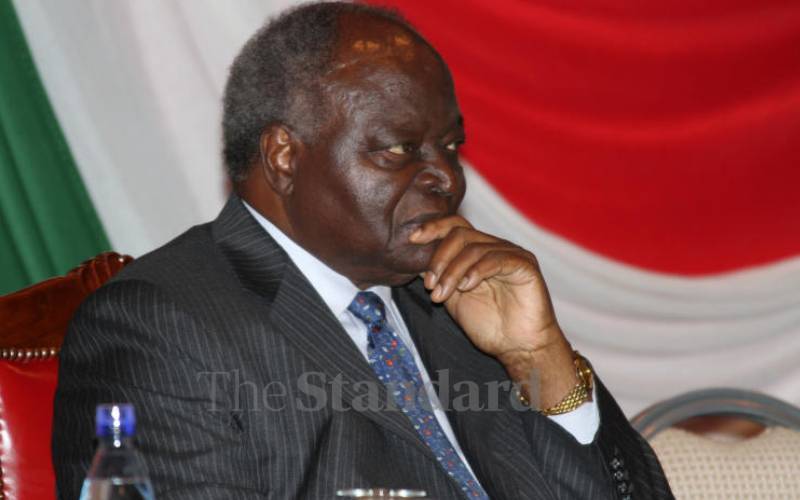
Mwai Kibaki’s lowest moment was that evening of December 30, 2007, when he hastily took his second oath of presidential office. It stood in stark contrast with the frenzied drama that typified hope for a new nation when, five years earlier, Kenya’s brand new third president took the oath of office.
At the earlier event, he spoke of his renewed hope and strengthened belief in the greatness of his country. He accepted, with humility and gratitude, to be Kenya’s chief servant, in his own words, for the next five years. Despite the rushed nature of the event and the mishandling of retiring President Daniel Arap Moi, the December 2002 parade in Uhuru Park, Nairobi, was an assembly of love, courage and hope.